Nail and hand care will be different in 2025. The year will embrace products focusing on health while keeping many happy with their looks. For this reason, consumers will demand skincare-quality products, looking for active ingredients that protect their hands and nails as they explore creative nail designs.
This article will explore five nail trends experts say will transform the nail and hand care market. But before that, here’s a brief look at what’s happening in the nail care product market.
Table of Contents
A brief look at the global nail care product market
Nails 2025: 5 trends set to dominate the market
Final words
A brief look at the global nail care product market
In 2023, the global nail care product market was worth US$23.41 billion. Experts expect it to grow to US$24.55 billion in 2024 and reach US$36.26 billion by 2032 at a 4.99% compound annual growth rate (CAGR). The market is steadily increasing due to the growing consumer demand and a mindset shift among women.
In addition, the Asia-Pacific region led the market in 2023, holding a 37.98% share. However, Europe will register significant growth over the forecast period.
Nails 2025: 5 trends set to dominate the market
1. Inclusive design: solutions offering a helping hand
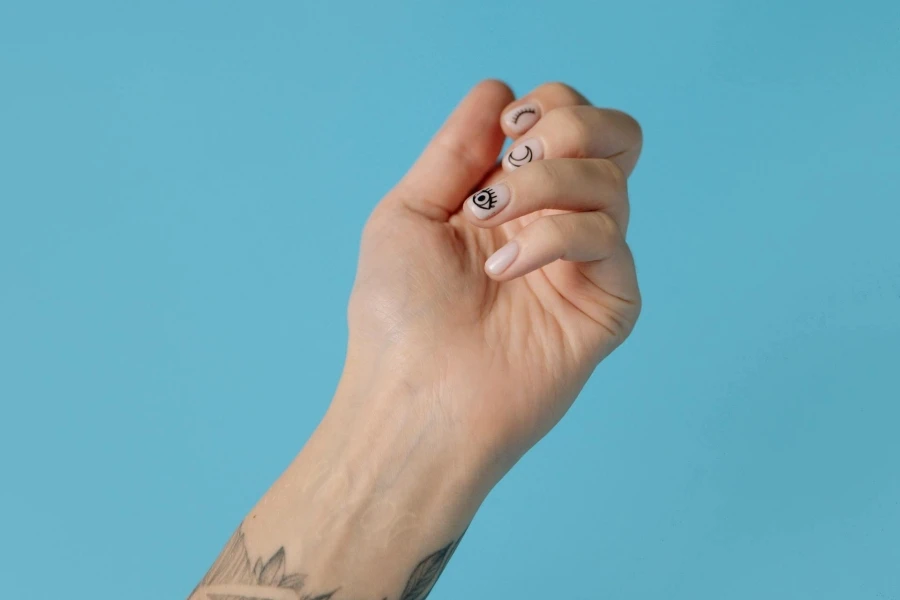
Inclusion has become crucial for all demographics across various industries, including nail care. Research shows that businesses prioritizing disability-friendly practices are seeing their profits grow 4.1 times faster than their competitors. So, inclusive designs are more profitable than ever.
With the global population of people over 60 expected to nearly double by 2050, ergonomic designs are vital for accessibility—especially for the hand dexterity issues common with this age group. For instance, Mani Maker (US) offers a silicone grip to aid people with hand dexterity issues when using nail polish.
Brands should also cater to visually impaired individuals using tools like NaviLens QR tags, which help with navigation and are effective from a distance. Businesses should also implement universal design ideas, especially for bathroom products.
Innovations like no-grip pump formats and robot manicurists help make nail care more accessible and affordable. The best part is that these solutions benefit one billion people with disabilities worldwide. Investing in accessible nail and hand products is not just a trend; it has lasting appeal.
2. Chameleon nails: self-expression in a bottle
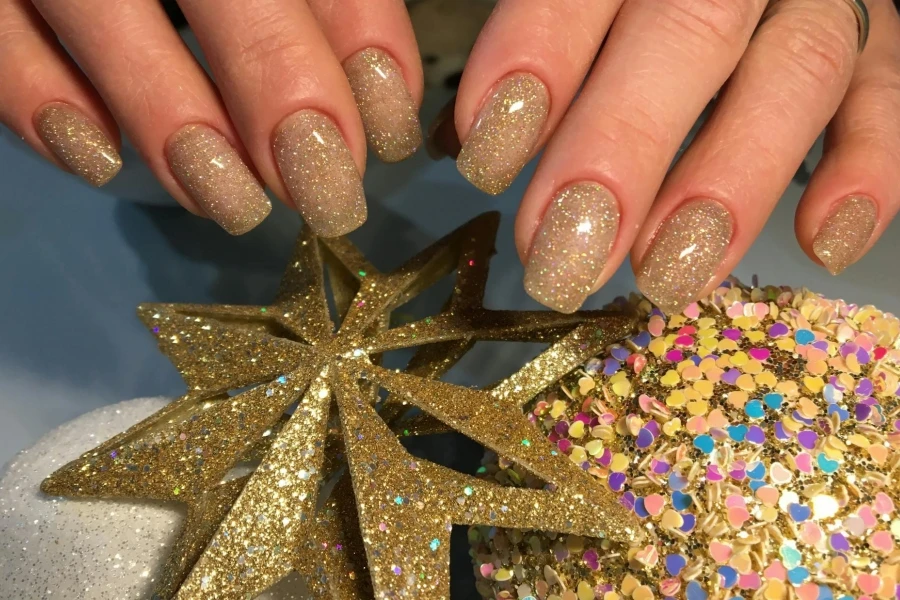
Gen Z is the next generation to gain high purchasing power after millennials, so it’s no surprise that many brands are already crafting marketing strategies to get their attention. However, attracting the Gen Z audience to the nail product market will require a different approach: offering easy-to-apply and remove nail products that allow for frequent style and color changes.
Polymorphic nail art is an easy-to-apply style already gaining momentum among TikTok fans. Consumers love it for its stylized art and freestyle applications. Nail Inc.’s Mani Markers is an excellent example of this trend. The brand’s nail art pen is easy to use, comes in six shades, and is portable enough for touch-ups on the goal.
Personalized aura nails are also gaining popularity, driven by the mystical TikTok trend (#auranails has 31k posts and up to 200 million views). Salons are investing in aura reading services to create individualized designs. Retailers can see examples of this trend in Mylee’s Space Odyssey Collection and AWE Nail’s color-changing gel wraps.
If consumers see their nails as part of their wardrobe, they will love easy-to-remove nail art. Take Bessie Nails, for example. The brand offers zero-damage press-on nails with a strengthener and acetone-free remover serum, allowing users to enjoy quick design changes.
Remember to consider the environmental impact while adopting these trends. Retailers must ensure they offer reusable press-on nails with proper disposal instructions.
3. Extreme environments: climate-protecting hand care
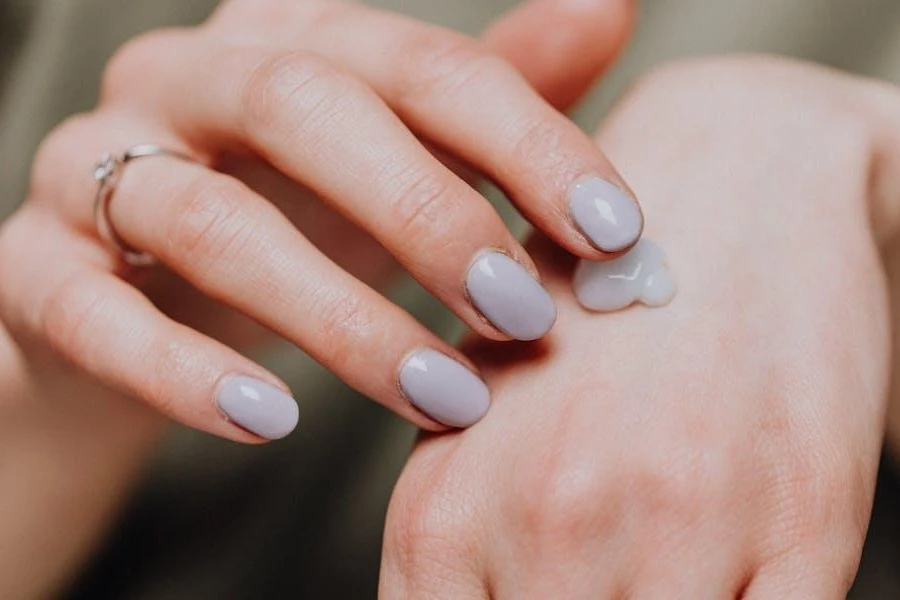
Extreme weather patterns affect nail care needs, from scorching summers to freezing winters. Businesses can address this issue by focusing on climate-adaptive formulations that protect against pollution.
UV protection quickly became one of the most demanded benefits in hand and skin care as more consumers discovered the aging effects of sun exposure. Salon-goers also seek UV-shielding fingerless gloves to protect their skin from gel lamp exposure.
Beyond UV protection, consumers demand more season-specific products as weather extremes become more common. Retailers can offer heavier creams for dry winter hands and lighter formulas for summer hands.
But that’s not all. Many consumers battle sweat during hot weather because it irritates them. Products that create a protective layer that prevents sweat from stripping natural oils while allowing the skin to breathe will appeal to consumers with such needs. Retailers must invest in these climate-adaptive trends, as experts expect them to resonate with consumers long-term.
4. Nail cycling: skinification of hand care
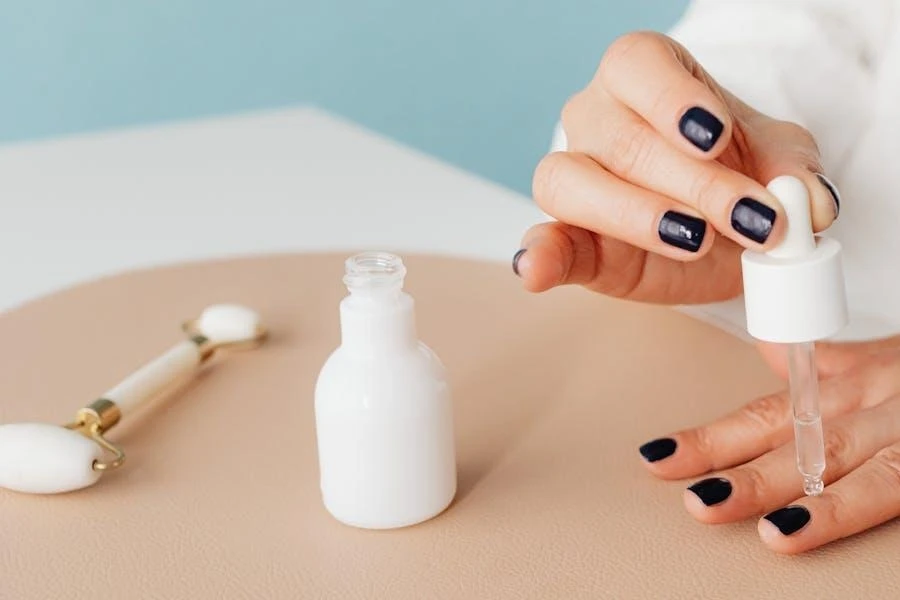
Awareness of methacrylate allergies is rising, with global searches up 25% in the past year. For this reason, many regular salon-goers are moving away from gel polish to focus on nail strengthening at home.
One product gaining popularity amidst this trend is performance polishes, which contain ingredients that brighten and enhance nail health. Even nail techniques and multi-step routines are emerging as key trends under this shift, with nail drenching leading the charge.
Nail drenching, an evolution of the “slugging” trend, involves deeply hydrating nails and cuticles to create protective layers, so it’s no surprise that this nail care method is gaining popularity. Nail creams with foraged ingredients that support the skin barrier are also well-suited for this trend.
To meet these trends, businesses must focus on hydration techniques and offer multi-step routines with clinically proven ingredients like retinol and hyaluronic acid. They should also provide kits with reusable hand masks, heavy balms, and performance polishes. Don’t forget tools like finger massagers and LED hand masks.
Lastly, retailers can position their products with clinical trials and before-and-after images to appeal to consumers. This core/perennial trend has strong consumer interest, so businesses should invest in and actively promote it.
5. Gourmand nails: food-inspired products
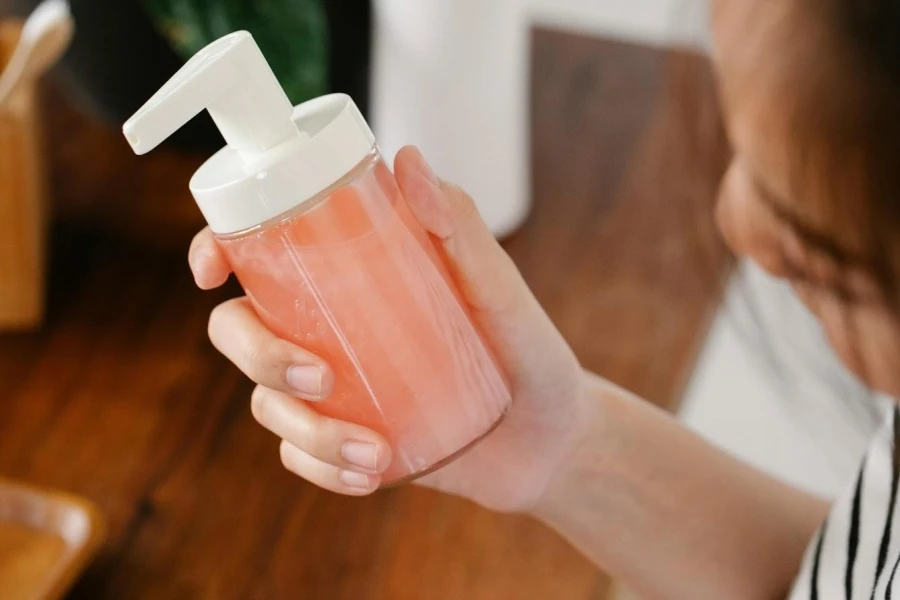
Food-inspired trends are making waves in hand care, with food-based ingredients and enticing scents appealing to young consumers. Scented hand products with flavors like pastries, toasted bread, and honey offer a comforting alternative to clinical scents. For example, Tiong Bahru Bakery’s hand washes feature vanilla and toasted bread notes inspired by their famous pastries.
Collaborations between food and beauty brands are also gaining traction. Nails Inc. and Marks & Spencer’s Percy Pig Scented Nail Polish Duo is a successful example, capturing the interest of both kids and adults.
Consider stocking hand care products with food-based ingredients to capitalize on this trend. Retailers can also explore upcycled food sources, like Innisfree’s Ugly Carrot Hand Soap, which uses discarded carrots rich in vitamins. Businesses can also attract attention with seasonal and limited-edition products with gourmand fragrances.
Pro tip: To gauge their potential, monitor and test these food-inspired innovations in small volumes.
Final words
2025 promises to be a different and more “FUNctional” year for nail and hand care. Retailers can focus on stocking hand care products that adapt to consumers’ evolving needs while embracing age inclusivity to resonate with consumers. They should ensure their offerings are user-friendly, avoid language that could be perceived as negative, and incorporate innovative skincare ingredients and technologies.
Additionally, their nail care products should infuse joy into everyday routines with playful formulations, textures, and packaging. Finally, businesses should cater to the dynamic nature of nail trends by providing customizable and versatile formats. By addressing these aspects, retailers will create products that meet and exceed consumer expectations.

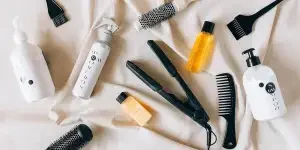
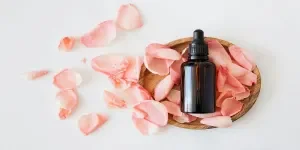
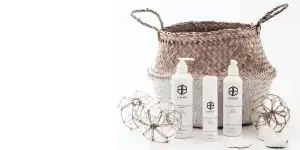
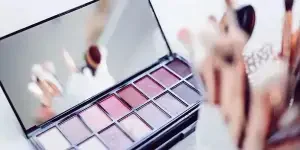
 Afrikaans
Afrikaans አማርኛ
አማርኛ العربية
العربية বাংলা
বাংলা Nederlands
Nederlands English
English Français
Français Deutsch
Deutsch हिन्दी
हिन्दी Bahasa Indonesia
Bahasa Indonesia Italiano
Italiano 日本語
日本語 한국어
한국어 Bahasa Melayu
Bahasa Melayu മലയാളം
മലയാളം پښتو
پښتو فارسی
فارسی Polski
Polski Português
Português Русский
Русский Español
Español Kiswahili
Kiswahili ไทย
ไทย Türkçe
Türkçe اردو
اردو Tiếng Việt
Tiếng Việt isiXhosa
isiXhosa Zulu
Zulu